Learn the benefits of going pegan and how to follow the diet

The paleo diet and a vegan diet don’t have much in common. One focuses on meat, while the other excludes it. But what if you take some qualities from both diets and combine them into one? Enter the pegan (paleo + vegan) diet.
Cleveland Clinic is a non-profit academic medical center. Advertising on our site helps support our mission. We do not endorse non-Cleveland Clinic products or services. Policy
Registered dietitian nutritionist Rosemarie Lembo James, RD, CNSC, LDN, explains the benefits and drawbacks of this plan and whether it might be right for you.
Functional medicine specialist Mark Hyman, MD, created the pegan diet, which he says:
“Like the paleo diet, the pegan diet focuses on foods that early humans would have hunted or gathered,” explains Lembo James. “But the twist is that most of your daily food intake will be plants. You eat much lower amounts of animal-based foods than you would eat on the paleo diet.”
If you eat pegan:
Going pegan means you can eat:
You can also eat minimal amounts of:
The pegan diet doesn’t tell you how much you can eat or when. But a pegan diet severely limits or skips certain foods, including:
If you follow the pegan diet closely, you’ll load up on fruits and vegetables. “A focus on fresh produce is a positive aspect of the pegan diet,” says Lembo James. “These foods are packed with vitamins, minerals and fiber and are usually low in calories.”
Avoiding sugar and processed foods is another plus for this eating plan. “Most Americans eat too much sugar and processed foods,” says Lembo James. “These foods tend to be low in nutrition. In addition, sugary foods can make you feel hungry, which can lead to eating more and unwanted weight gain.”
The pegan diet isn’t perfect, however. It cuts out almost all legumes and grains, which are important sources of B vitamins and fiber. And unless you’re using a dairy substitute regularly, you could miss out on calcium and protein from dairy products.
“Fruits and vegetables are great choices — but they can’t give you all the nutrients you need,” says Lembo James. “Make sure you’re getting enough protein, iron and vitamin B12, which are found in meat, eggs and tofu. You also need at least 1,000 milligrams a day of calcium — older or pregnant adults need even more. Talk to your doctor or a registered dietitian to figure out how to get your daily calcium intake.”
The pegan diet has some benefits, but don’t jump in without asking your healthcare provider. “Proceed with caution anytime a diet eliminates entire food groups,” says Lembo James. “And the pegan diet may not be suitable at all for people who have health conditions like an iron or B12 deficiency. If you have osteoporosis, work with your provider to get the vitamin D and calcium your bones need.”
If you’re trying to cut your grocery budget, a strict pegan diet won’t be your friend. Organic and grass-fed meats cost much more than non-organic options. And without beans or legumes, you lose a good source of inexpensive, meatless protein.
You don’t have to go full pegan to reap some of the benefits of this lifestyle. “Eating more fruits and vegetables can lower your risk of heart attack, stroke and cancer,” says Lembo James. “But don’t skimp on dairy, legumes and whole grains without talking to your doctor or nutritionist.”
Learn more about our editorial process.
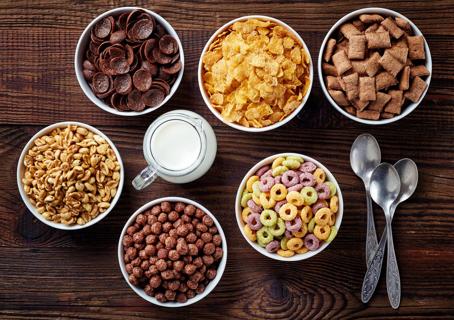
There are better breakfast options, but if it’s got to be cereal, look for whole grains, high fiber and no added sugar
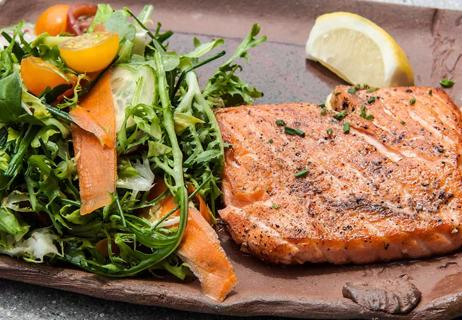
Get lots of fiber, cut back on red meat and limit your alcohol intake
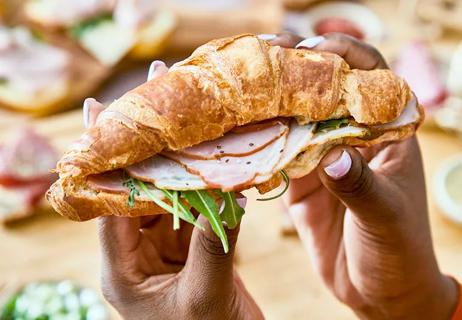
If you don’t have time to DIY, opt for lean cuts of low-sodium deli meat fresh from the counter
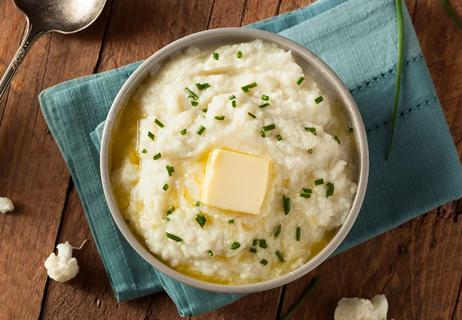
You don’t have to sacrifice your favorite recipes for healthier versions
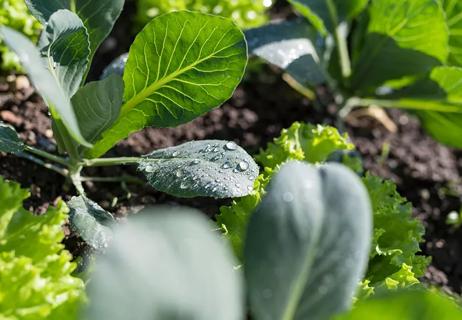
These small-but-mighty veggies pack a powerful nutritional punch
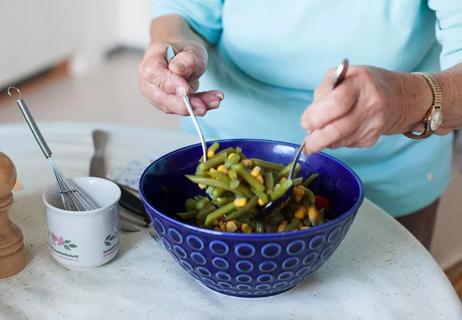
Age-related physical changes and personal circumstances can impact healthy eating

Packed with iron, vitamin A and protein, beef liver provides a healthy low-calorie meat option

This versatile seed is packed with protein and fiber to ward off hunger

Your metabolism may torch 1,300 to 2,000 calories daily with no activity

A gentle touch in all the right places may help drain your sinuses